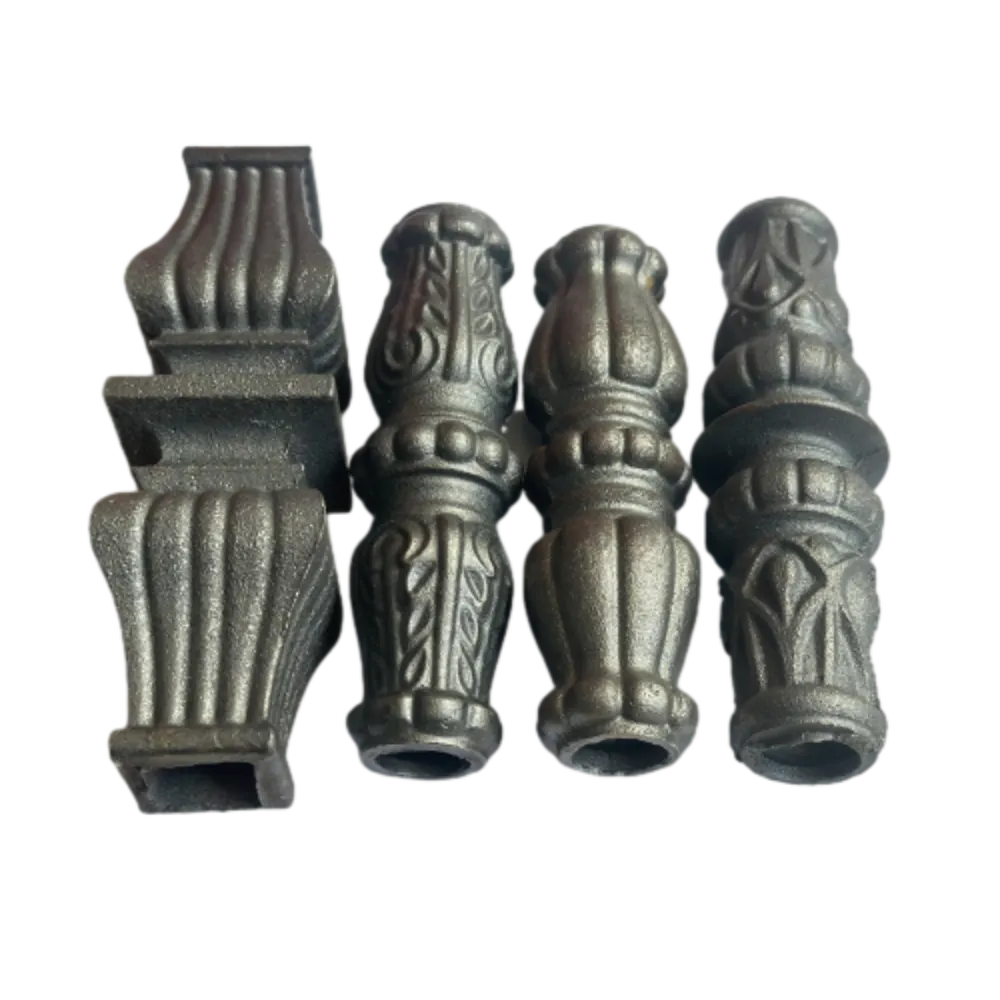Exploring the Benefits and Applications of Cast Iron Components in Modern Manufacturing Industries
The Versatility and Importance of Cast Iron Components
Cast iron components have long been a cornerstone in various industries due to their exceptional durability, versatility, and cost-effectiveness. This alloy, primarily composed of iron, carbon, and silicon, has a unique combination of properties that make it suitable for numerous applications, ranging from household items to heavy machinery.
One of the most notable characteristics of cast iron is its excellent castability. This property allows for the easy molding of intricate shapes, making it an ideal material for creating complex components. The ability to produce detailed designs without the need for extensive machining not only reduces production costs but also minimizes material waste. This has made cast iron a preferred choice in the manufacturing of automotive parts, pipes, and even decorative items such as garden ornaments.
Moreover, cast iron components exhibit remarkable wear resistance, which is particularly advantageous in high-stress environments. For example, in the automotive industry, cast iron is widely used for engine blocks and cylinder heads due to its capability to withstand high temperatures and mechanical stresses. Furthermore, its excellent damping capacity helps to reduce vibrations, contributing to smoother operation and heightened performance in machinery.
In addition to its mechanical properties, cast iron is also noted for its superior machinability. It can be easily cut and shaped, which allows manufacturers to achieve tight tolerances and high-quality finishes. This makes it an ideal material not only for large-scale production but also for precision components requiring a high degree of accuracy.
cast iron component

Cast iron is particularly prevalent in the construction and infrastructure sectors as well. Manhole covers, drainage systems, and reinforcement elements are commonly made from cast iron due to its strength and longevity. These components can withstand heavy loads and harsh environmental conditions, significantly reducing the need for maintenance or replacement over time. This durability contributes to the overall sustainability of infrastructure projects, as fewer resources are consumed in repairs and replacements.
Furthermore, the distinct aesthetic appeal of cast iron cannot be overlooked. Its natural finish and traditional look have made it a popular choice in designing vintage-style furniture and fixtures. This aspect has been leveraged in modern architecture, where cast iron elements are often incorporated to create a sense of nostalgia and durability.
However, while cast iron has many advantages, it is essential to consider its limitations as well. For instance, cast iron is typically brittle, making it susceptible to cracking under sudden impacts. This means that while it is fantastic for certain applications, it may not be the best choice for components that must endure shock loading. Additionally, cast iron's relatively high density can be a disadvantage in applications where weight plays a critical role.
In conclusion, the significance of cast iron components in various industries cannot be understated. From their remarkable casting properties and wear resistance to their aesthetic appeal and machinability, cast iron components continue to play a vital role in modern manufacturing and design. As technology progresses, the ongoing development in the treatment and production processes of cast iron will likely enhance its performance and expand its applications, ensuring that this time-tested material remains relevant in a rapidly evolving industrial landscape. With sustainable practices gaining traction, cast iron's durability positions it as a material that not only meets the needs of the present but also contributes to a sustainable future.
-
Wrought Iron Components: Timeless Elegance and Structural StrengthNewsJul.28,2025
-
Window Hardware Essentials: Rollers, Handles, and Locking SolutionsNewsJul.28,2025
-
Small Agricultural Processing Machines: Corn Threshers, Cassava Chippers, Grain Peelers & Chaff CuttersNewsJul.28,2025
-
Sliding Rollers: Smooth, Silent, and Built to LastNewsJul.28,2025
-
Cast Iron Stoves: Timeless Heating with Modern EfficiencyNewsJul.28,2025
-
Cast Iron Pipe and Fitting: Durable, Fire-Resistant Solutions for Plumbing and DrainageNewsJul.28,2025
-
 Wrought Iron Components: Timeless Elegance and Structural StrengthJul-28-2025Wrought Iron Components: Timeless Elegance and Structural Strength
Wrought Iron Components: Timeless Elegance and Structural StrengthJul-28-2025Wrought Iron Components: Timeless Elegance and Structural Strength -
 Window Hardware Essentials: Rollers, Handles, and Locking SolutionsJul-28-2025Window Hardware Essentials: Rollers, Handles, and Locking Solutions
Window Hardware Essentials: Rollers, Handles, and Locking SolutionsJul-28-2025Window Hardware Essentials: Rollers, Handles, and Locking Solutions -
 Small Agricultural Processing Machines: Corn Threshers, Cassava Chippers, Grain Peelers & Chaff CuttersJul-28-2025Small Agricultural Processing Machines: Corn Threshers, Cassava Chippers, Grain Peelers & Chaff Cutters
Small Agricultural Processing Machines: Corn Threshers, Cassava Chippers, Grain Peelers & Chaff CuttersJul-28-2025Small Agricultural Processing Machines: Corn Threshers, Cassava Chippers, Grain Peelers & Chaff Cutters












